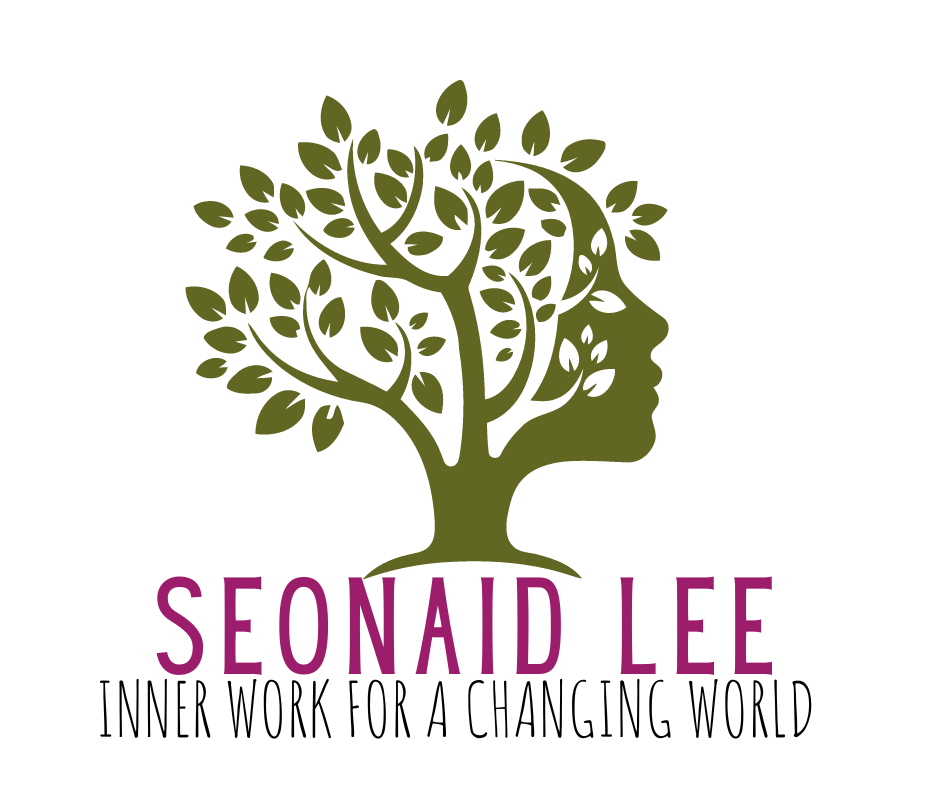I don’t know about where you are, but around here we have a saying, “She’d lose her head if it weren’t attached.” It is (I fear) applied to people like me, those of us who are wont to put things down where we are standing and then wander around for half an hour saying, “Where’d I put that cup of coffee?” (Ans: look in the microwave.)
But at least I was pretty confident about my head.
Until I was at yoga practice one morning, doing a simple side bend, and the teacher came along and put his hand on the side of my face to straighten up my head. There it was, off at some random angle, probably twisted forward as well, being used as a counter-balance, or whatever habitual thing I do with it.
That afternoon, we were concentrating on hip-centred forward bends, keeping our spines neutral. “Watch what people do with their heads,” he said. Well, look at that. There we go again, moving our heads without paying attention to them, necks kinked backwards even when they think they’ve kept them in a line for the whole manoeuvre. Nope. Even though they are attached, here we all are, losing our heads. It was a humbling moment.
This is why we do asana… or at least part of it. We train ourselves to know where we are in space, to pay attention to the subtle movements of our limbs and joints. Adopting a posture, we make gross movements with control. “Bend forward from the hips, going only as far as you can maintain a neutral spine.” (1) And then, once we’re there, we can make the subtle adjustments necessary for the alignment of the asana.
For the last month, one of my key lessons has been Finding My Head.
As I take my seat, where is my head? Slouching at the table, reading something on the screen, my head slides forward and its weight is placed on my hand, straining my neck. I notice, correct, notice, correct. The principle of non-violence applies: I do not call myself names or roll my eyes. Just notice, straighten. Move the weight into the weight-bearing column to relieve the stress on the muscles. As it becomes a habit, I have noticed that I have to correct less frequently. It gets easier to bend and get out the laundry without kinking my neck. I can sit at the keyboard longer and knit for longer periods of time without pain in my shoulders and hands.
This is the thing I want to teach in my yoga classes: it isn’t about the time on the mat. Think of the class as a lab for life. Here you are in a stripped-down environment with distractions kept to a minimum. The job is to pay attention to the body, and the breathing, and the mind. We do it on the mat to learn it as a skill. And then we discover that the job is always to pay attention to the body, and the breathing, and the mind. The mind is racing: bring it back to the task at hand. The breathing is shallow, jerky, warning us to listen… anxiety? Fear? Are we folded up and feeling draggy? The body is overstressed, reaching for sugar to keep running, or warning us at the limit of our extension that we are about to overstretch and pull something. Listen.
For now, I start with my head. Where is my head? It turns out that I’d lose it, even though it is attached.

1. People don’t like this instruction; they seem to want to touch their toes however they can get there. But then they miss the great benefit of going slowly, taking the lessons as they come.

2 responses to “Losing My Head”
For me, the question is always, Where is my breath? That’s how I get my mind back in my body instead of … wherever …
The breath is also a very good marker. What surprised me was how frequently I’ve lost all my other body parts. I was doing a simple forward bend over the left leg when I noticed that I no longer knew what my right foot was doing, for example. And paying attention to all of those things *and the breath at the same time* is the key to the physical practice of this particular tradition of yoga.